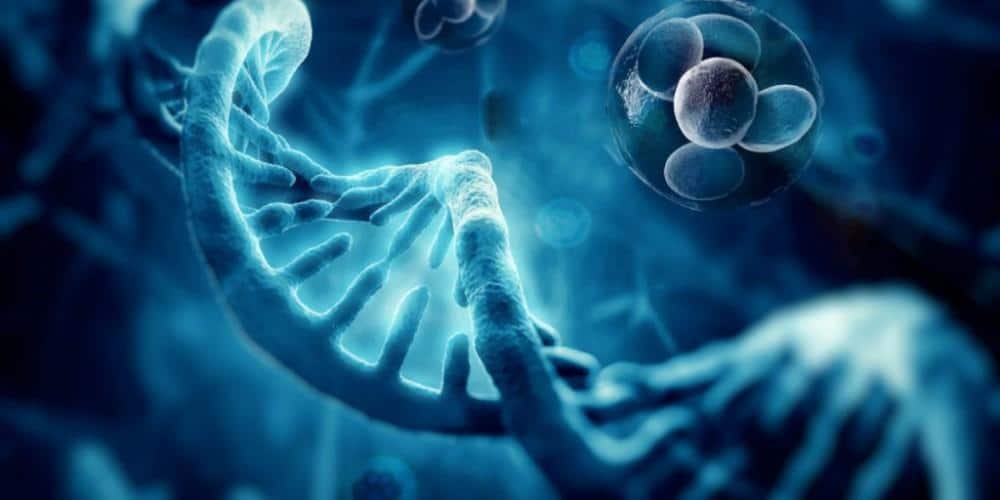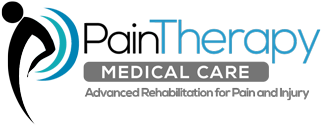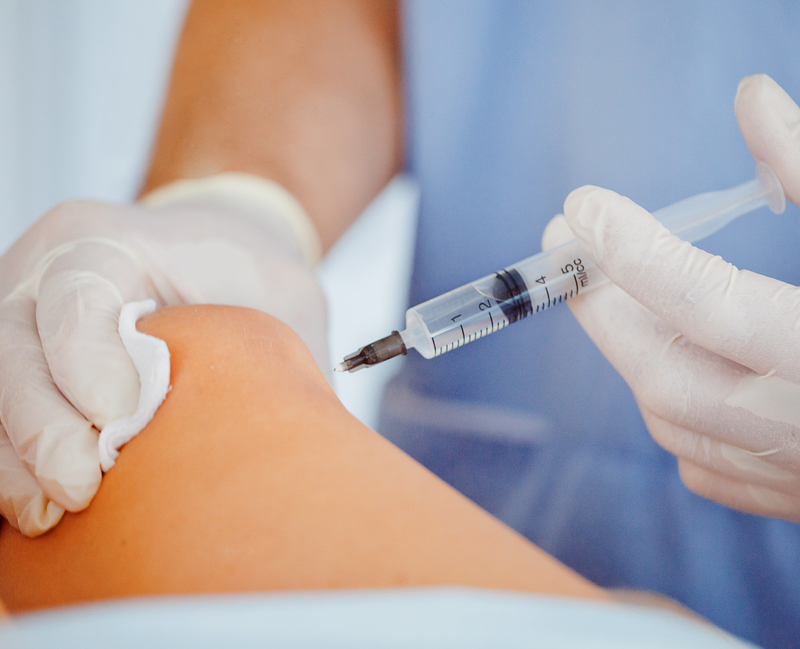Chronic pain affects millions of people worldwide and can have a negative impact on a person’s quality of life. Traditional pain treatments, such as surgery or painkillers, are frequently invasive, costly, and can carry significant risks or side effects. As a result, there is an increasing demand for safe, effective, and minimally invasive alternative pain management solutions.
Regenerative Pain Medicine’s Emergence
Alternative Pain Management Solutions are in High Demand
Regenerative pain medicine is a new field that aims to meet this need by providing innovative therapies that support the body’s natural healing processes. These therapies are intended to repair damaged tissues, reduce inflammation, and relieve pain without the use of surgery or long-term medication.
Regenerative Pain Medicine: The Science Behind It
The concept of using the body’s natural healing processes to treat pain and inflammation is central to regenerative pain medicine. To stimulate tissue repair and regeneration, stem cells, platelet-rich plasma (PRP), and other regenerative substances are used.
Stem cells, in particular, are undifferentiated cells with the potential to develop into specialized cells such as muscle, bone, or cartilage. When these cells are injected into damaged tissues, they can promote healing and tissue repair, effectively addressing the underlying cause of pain.
Innovative Regenerative Pain Medicine Technologies
Laser Treatment
Photobiomodulation, also known as laser therapy, is a non-invasive pain relief technique that uses low-level light to stimulate cellular repair and regeneration. Laser therapy promotes healing, reduces inflammation, and relieves pain by directing specific wavelengths of light at injured tissues. This treatment is especially effective for soft tissue injuries, joint pain, and inflammation, and it can be combined with other regenerative therapies to increase their efficacy.
Shock Wave Treatment
Another non-invasive treatment is extracorporeal shock wave therapy (ESWT), which uses high-energy sound waves to stimulate the body’s natural healing processes. ESWT works by sending a series of shock waves deep into the affected tissues, increasing blood flow, decreasing inflammation, and stimulating the formation of new blood vessels. This treatment has been shown to be especially effective for chronic pain conditions like plantar fasciitis, tennis elbow, and tendinopathies.
Cryogenic Therapy
Cryotherapy, also known as cold therapy, is a treatment that uses extremely cold temperatures to reduce inflammation and promote tissue repair. Cryotherapy, which involves exposing injured tissues to cold temperatures, can help to constrict blood vessels, reduce inflammation, and relieve pain. This treatment is frequently used in conjunction with other regenerative therapies to improve their effectiveness and accelerate recovery.
Injections for Regeneration
Regenerative injections, such as platelet-rich plasma (PRP) and stem cell therapy, are minimally invasive treatments that promote tissue repair and regeneration by using the body’s own healing substances. PRP therapy entails drawing blood from a patient, separating the platelets, and injecting the concentrated platelets into the injured area. PRP contains growth factors that can stimulate tissue repair and reduce inflammation. Stem cell therapy, on the other hand, entails extracting stem cells from a patient’s bone marrow or fat tissue and injecting them into the damaged area to promote healing and tissue regeneration.

Brooklyn, New York City’s Pain Management Future
Pain Relief Advancement Through Innovation and Collaboration
Our mission as a pain management specialist in Brooklyn, New York City, is to revolutionize pain treatment by providing cutting-edge regenerative pain medicine therapies. We believe that by combining the most recent advances in regenerative medicine with cutting-edge technology and equipment, we can provide effective, minimally invasive solutions to chronic pain patients.
Our highly trained and experienced team is committed to assisting our patients in avoiding surgery for shoulder pain, back pain, neck pain, and knee pain. We approach pain management in a comprehensive and personalized manner, carefully assessing each patient’s unique needs and developing a customized treatment plan that includes a combination of regenerative therapies.
Pioneering Regenerative Pain Medicine Research and Development
We are committed to staying at the forefront of research and development as leaders in the field of regenerative pain medicine. Our collaboration with leading institutions and researchers enables us to stay up to date on the most recent advances in regenerative medicine and incorporate these advancements into our practice.
We can contribute to the growing body of knowledge surrounding regenerative pain medicine and help shape the future of pain management by participating in clinical trials and conducting our own research.
Patient Empowerment and Education
Our approach to pain management includes making sure our patients are well-informed about their treatment options and active participants in their own care. We believe that by educating our patients about the science and benefits of regenerative pain medicine, we can empower them to make informed health and well-being decisions.
Revolutionizing Pain Relief: The Role of Regenerative Pain Medicine in Modern Healthcare – Summary
Finally, regenerative pain medicine is transforming the field of pain management by providing safe, effective, and minimally invasive alternatives to traditional treatments like surgery and painkillers. We are able to provide our patients with comprehensive, personalized care that addresses the root cause of their pain by harnessing the body’s natural healing processes and utilizing innovative technologies such as laser therapy, shock wave therapy, cryo therapy, and regenerative injections.
Our commitment to innovation, collaboration, and patient education as a pain management specialist in Brooklyn, New York City, is helping to shape the future of pain relief and improve the lives of people suffering from chronic pain.




